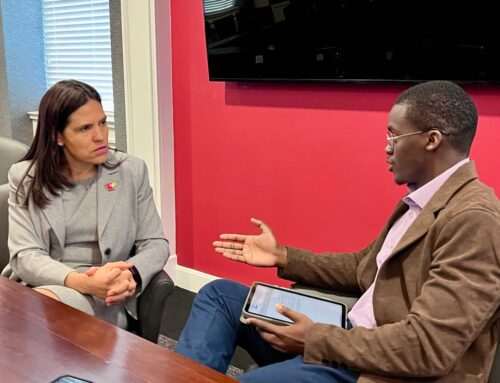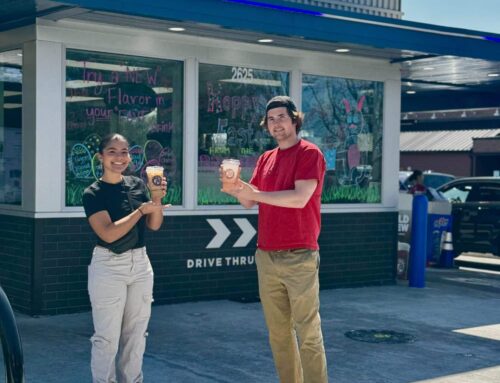by Jordan Flood —
On Monday, social app Snapchat unveiled a new feature called Snapcash. Snapcash is, by definition, a peer-to-peer (aka p2p) payment system, which basically means that anybody over the age of 18 with a debit card (Visa or Mastercard), and a Snapchat account can pass money to or from another Snapchat user.
The new system is entirely backed by Square, from a monetary standpoint. Most U of L students would probably associate Square best with the payment system that Burger Boy used for the majority of the past year or so.
Snapcash is being touted as a partnership to force both Snapchat and Square into the ever-growing mobile payment sector. Snapcash enters as a competitor to Venmo, and Google Wallet.
But very reasonable questions may stand in the way. Is it possible for the social network that was once almost exclusively used as a sexting platform to be trusted with your debit card information? Will Snapcash actually be successful? The answers to these questions remain to be seen, but it is undeniable that Snapchat is maturing faster than most of its predecessors.
Snapchat is seen as viable medium for advertisements now. Many credible members of society and pop culture are on Snapchat. There is also the small fact that, according to a report published in an August edition of the Wall Street Journal, Snapchat is worth $10 billion. The potential for Snapchat and Snapcash is astronomical.
Is it really that out of the question that we could potentially see huge stores like Target or Gap accepting Snapcash? A world without anymore waiting in long lines, or dealing with unpleasant shoppers sounds nice. There would obviously have to be more safeguards put in to place to modify these streamlined super stores, but the advantages are there.




